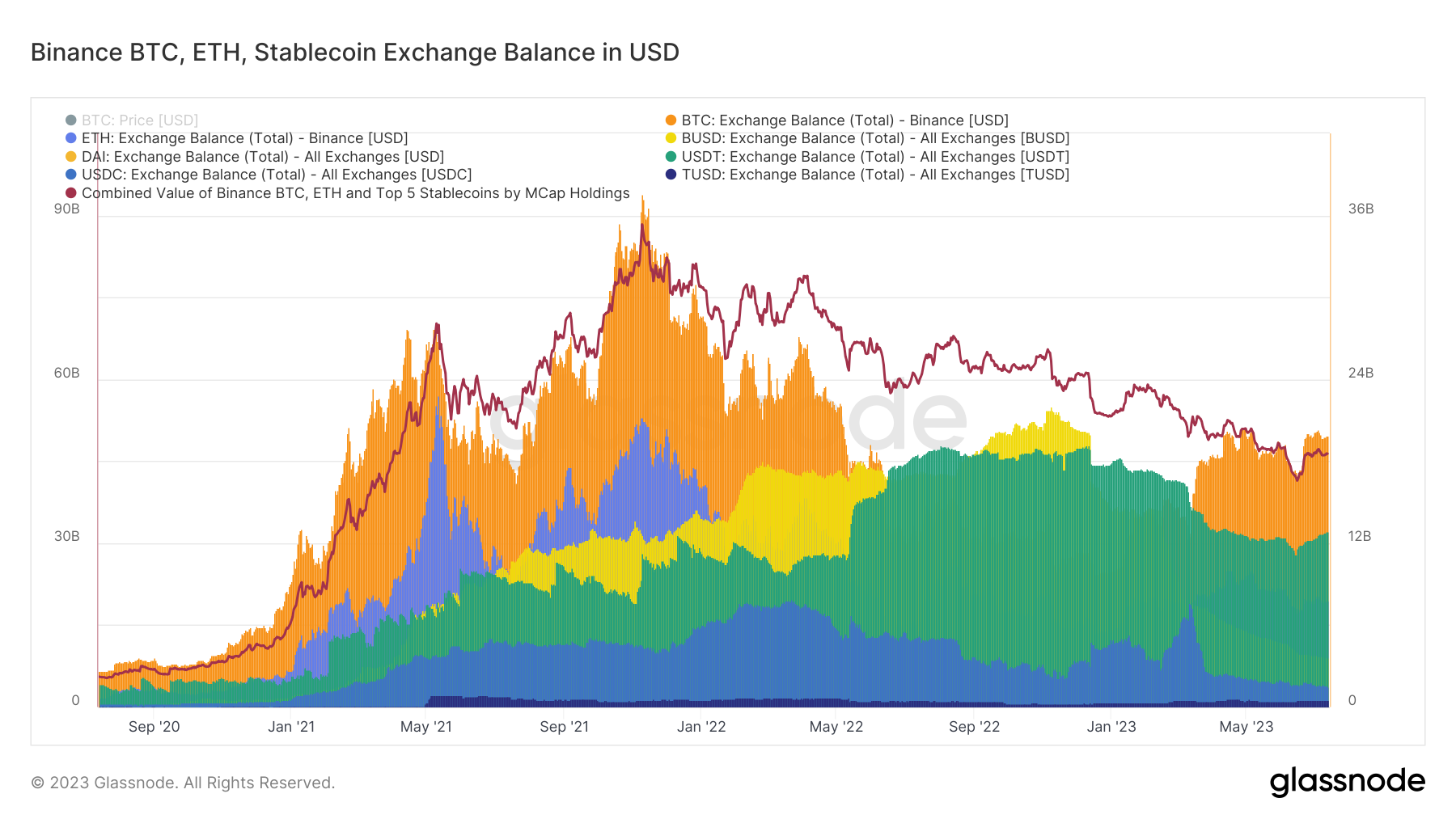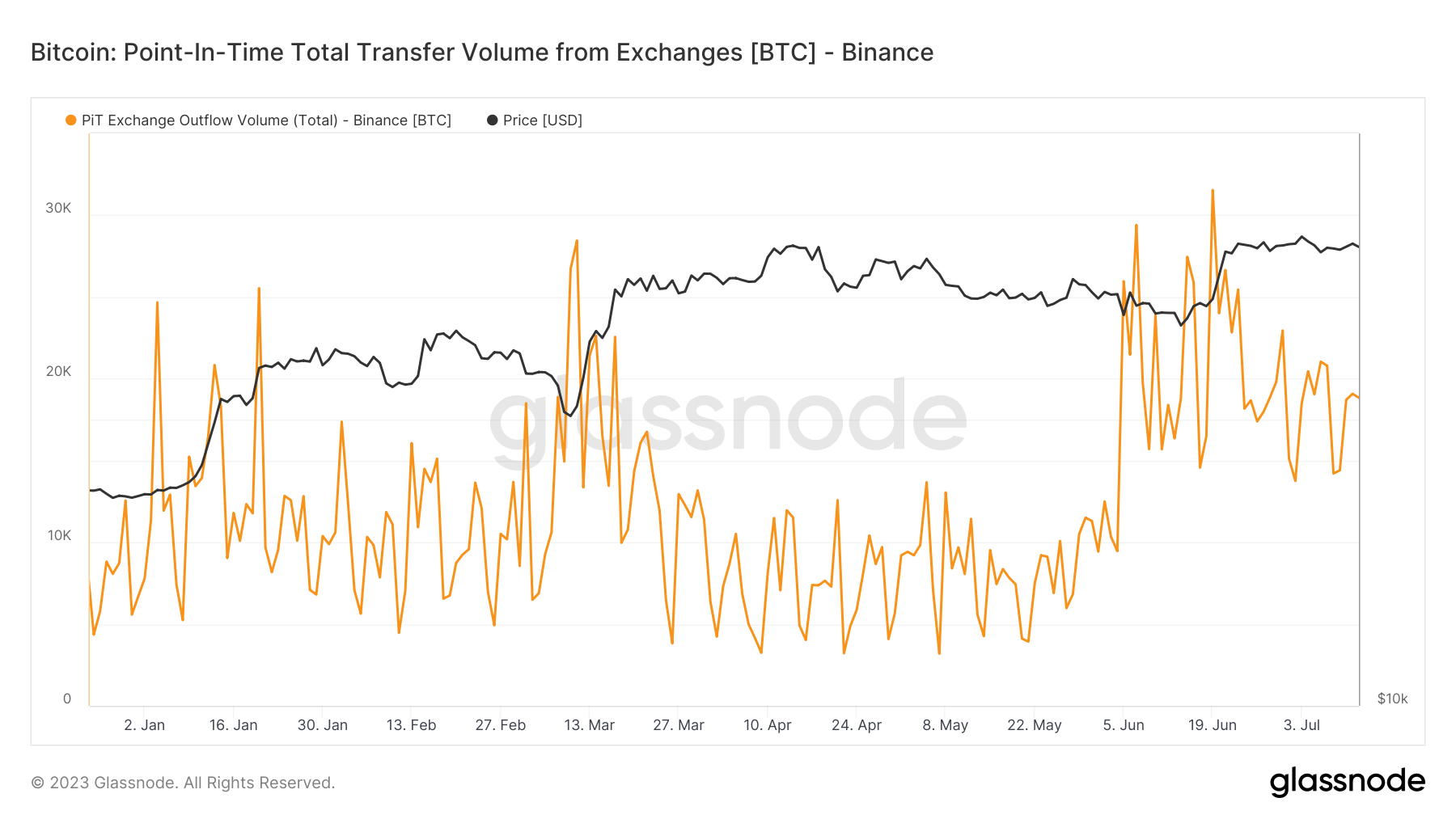Determining Cryptocurrency Exchange Risks Based on Reserves: A 3 Step Guide
Cryptocurrency exchanges, as intermediaries enabling crypto trading, are crucial to the functioning of the crypto markets. However, they also represent significant vectors of counterparty risk.
Cryptocurrency exchanges, as intermediaries enabling crypto trading, are crucial to the functioning of the crypto markets. However, they also represent significant vectors of counterparty risk. Understanding these risks and how to manage them is essential for any institution involved in the crypto market. This blog post will guide you on how to determine the risks posed by a cryptocurrency exchange based on their reserves. But first...
Why should you care about the risks posed by exchanges?
There are two main reasons why it makes sense to monitor digital asset exchanges:
- Assets under your management are stored on a wallet owned by an exchange. If the exchange goes bankrupt, your assets become difficult to retrieve and may be lost.
- You have significant exposure to the digital asset space, through significant capital allocation in Bitcoin for example, and want to be able to sell before the inevitable price drop congruent with the collapse of a major exchange.
If either of these apply to you, read on.
Understanding Exchange Risk
The complexity of crypto exchanges' operational and financial health often masks the dynamics of these risks. For instance, a hedge fund might need to pre-fund a trade due to a lack of off-exchange settlement support, leading to continual risk. Previous exchange failures, such as Mt. Gox, QuadrigaCX, and FTX, highlight the necessity for robust monitoring and mitigation strategies.
Key Factors in Evaluating Exchange Risk
Several key factors are critical in evaluating exchange risk. These include the quantity and quality of an exchange’s assets and reserves, its inflows and outflows, and the specifics of an exchange’s own token.
1) Assets and Reserves
An exchange's financial robustness can be gauged by assessing its assets and reserves. A critical question is whether an exchange's reserves are proportionate to its trading volume and customer funds. Moreover, the quality of assets matters: it's preferable to see reserves largely made up of liquid assets such as Bitcoin, ETH, and stablecoins. Reserves predominantly composed of lesser-known, small cap cryptocurrencies might indicate higher risk.

2) Inflows and Outflows
Inflows and outflows of assets from an exchange can be a useful barometer of its financial health. Dwindling inflows could indicate waning trader interest or confidence in the platform, possibly due to perceived risks or better opportunities elsewhere. On the other hand, sudden and sizeable outflows might suggest that traders are moving their assets out of the exchange due to growing uncertainty.
Particularly useful in this context, are the outflow metrics available in Glassnode Studio. Analysts can chose between mean outflows and total outflows by exchange. As we can see from the chart below, the total transfer volume from Binance has increased significantly since June of this year.

3) Exchange's Own Token
The characteristics and behaviour of an exchange's own token can have significant implications for its stability. In evaluating token risk, aspects such as trading volume, token supply, and distribution among holders should be considered. For instance, a highly concentrated token distribution could make the exchange vulnerable to the actions of a few large holders.
Case Study: The FTX Collapse
The collapse of FTX, an apparently premier cryptocurrency exchange, over a span of 10 days in November 2022, illustrates the need for proactive exchange risk management. The event, triggered by issues of leverage and solvency, underscores the value of a risk management framework. The FTX case showed that early warnings such as shrinking BTC and ETH reserves, increased FTT supply, and dropping net deposits could have alerted a vigilant manager.
Here is a must-see for anyone who wants to get a deeper understanding of why FTX collapses and which metrics to look at to protect yourself in the future.
Conclusion
Navigating the dynamic landscape of cryptocurrency exchanges requires robust tools for identifying, monitoring, and responding to potential risks. With a comprehensive risk management framework that tracks crucial exchange metrics, institutions are empowered to confidently navigate the crypto market, make informed decisions, and protect their investments.

